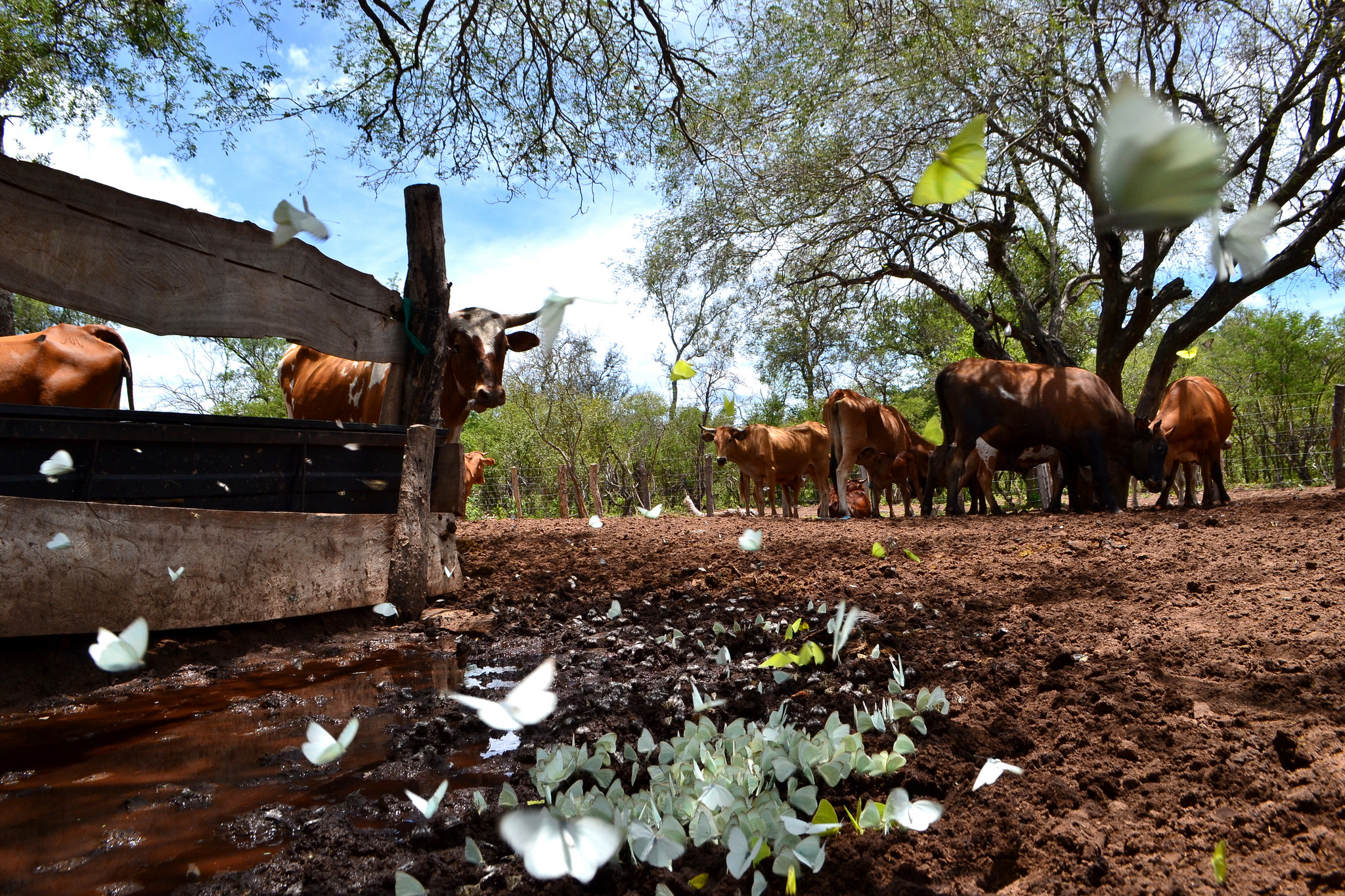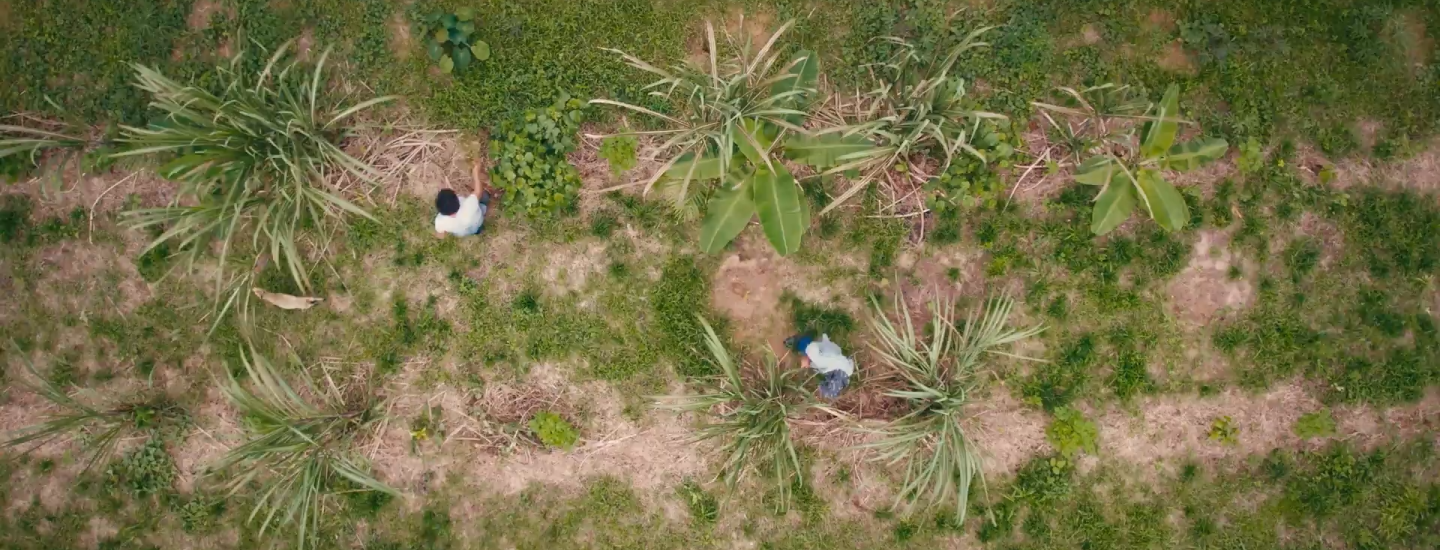Paraguay’s Path to Responsible Land Use

By Ryan Sarsfield and Yan Speranza
A small country roughly the size of California, Paraguay has had outsized success as a global agribusiness competitor. It is one of the world’s top exporters of soy (ranked 4th) and cattle (ranked 6th), driving enormous economic growth. But this growth has come about through decades of unrestrained agricultural expansion, often at the expense of Paraguay’s tropical and sub-tropical forests. The biodiversity-rich Gran Chaco, the second largest forest in Latin America after the Amazon, has been particularly hard-hit, losing 3 million hectares (7.4 million acres) of forest in Paraguay alone—mostly to pasture—in the past ten years. The country is now wrestling with the challenge of maintaining or expanding its soy and cattle sectors—which can continue to bring economic success—without further threatening its forests. The good news is the country is in a better position than ever before to meet this challenge. Here are five reasons Paraguay is primed to create a more sustainable agricultural sector and demonstrate real environmental leadership:
1. Market demands
There are now hundreds of deforestation-free commitments within global commodities markets, and these policies are setting a new and lasting standard. Major consumer goods manufacturers, retailers, grain traders, meatpackers and finance institutions are sending a clear signal that their supply chains must produce without causing deforestation. Cargill, the world’s largest trader in soy and a major player in Paraguay, has committed to eliminate deforestation across its entire agricultural supply chain, including Paraguayan soy, and other global traders like ADM and Bunge have similar commitments.
2. Active and capable civil society actors
Paraguay benefits from several organizations that provide technical expertise and constructive advocacy in biodiversity conservation and sustainable development. These groups are ready to collaborate with the private sector to promote best practices in the soy and beef sectors. Among them: Fundación Moisés Bertoni, Asociación Guyra Paraguay, the Wildlife Conservation Society and WWF Paraguay.
3. Multilateral groups
Groups like the Roundtable on Responsible Soy, UNDP Green Commodities Programme and the Roundtable for Sustainable Finance (a coalition of Paraguayan banks) are convening to generate constructive dialog among government, private sector (agribusiness and finance) and civil society around sustainable agricultural production while avoiding the often adversarial stance typical of past interactions. While consensus among these groups may be difficult to achieve, the role these organizations play in providing a venue and fostering the discussion around forest impacts is critical for progress.
4. Tools and data
Technical resources to understand and solve deforestation are better and more accessible than ever before. Monthly Gran Chaco deforestation alerts generated through satellite analysis by Asociación Guyra Paraguay and the monthly deforestation data for the Atlantic Forest of eastern Paraguay generated by WWF Paraguay, together with global datasets, alert systems and tools on Global Forest Watch Commodities provide the information supply chain actors and others need to see forest impacts and take action.
5. Government commitment
With restricted budgets and capacity, environmental enforcement authorities in Paraguay have had limited reach to ensure compliance. However, the role of forests in addressing climate change is gaining prominence as reflected by Paraguay’s climate commitment introduced in December as part of the global climate agreement in Paris, as well as Paraguay’s National Development Plan 2030, approved by Executive Decree. The plans explicitly cite “effective control of deforestation,” carbon credits, “increasing the area of forest cover and protected biomass” as well as plans to support both reforestation and decreasing the “process of loss and degradation of native forests.” These plans may improve enforcement of the so-called “Zero Deforestation Law” in eastern Paraguay, which prohibits new forest clearing of any kind. A country-wide requirement already on the books to maintain 25 percent forest cover and other land use requirements (e.g., riparian protection) may restrain clear-cutting to some extent in the Chaco in the west.
Learning from Brazil
Paraguay can learn how to effectively use these opportunities by looking at Brazil, which successfully convened civil society, corporations and governmental monitoring agencies to develop the Amazon Soy Moratorium. This voluntary policy reduced the amount of soybean expansion occurring via deforestation from 30 percent to roughly 1 percent in the Amazon biome. Ongoing implementation of Brazil’s Forest Code, which requires rural properties to maintain forest cover and protects ecologically sensitive areas from clearing, and the Rural Environmental Registry (CAR), which promotes transparency of land claims over vast areas of Brazil, show that shifts in land management at an enormous scale are possible.
Paraguay’s Path Forward
Paraguay will determine its own methods and means to reduce agriculture-driven deforestation, but the essential ingredients are already in place. The conditions and capacity in Paraguay afford it a tremendous opportunity to stimulate sustainable economic development, mitigate climate change and protect forests. Effecting the necessary changes will be neither easy nor swift, but getting past the unproductive and short-sighted “development vs. environment” paradigm and fostering collaborative partnerships between the private sector, civil society and government will put Paraguay on a path toward a balanced approach to production and protection.


